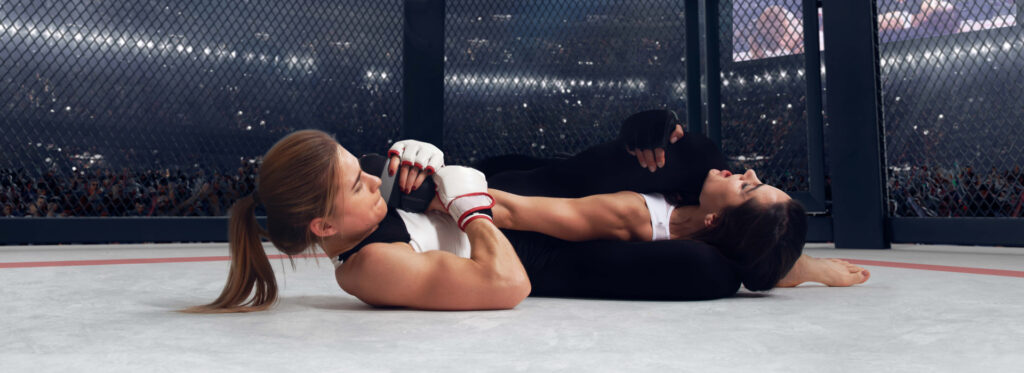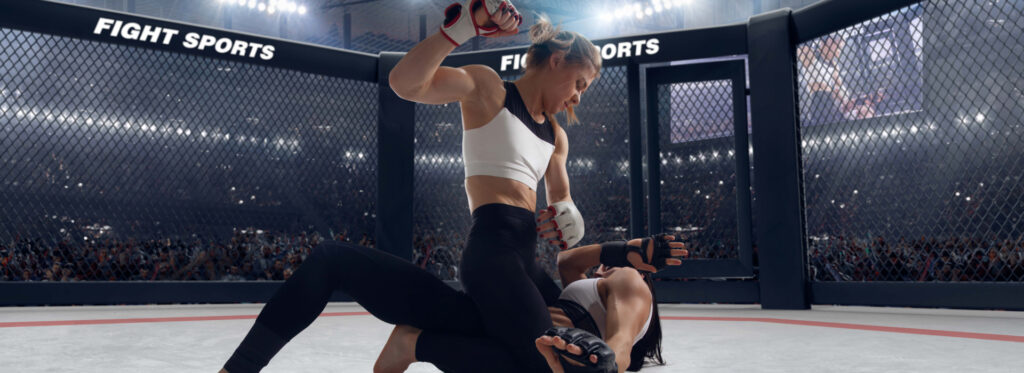The History and Evolution of Boxing

The History and Evolution of Boxing
Boxing, often referred to as the “sweet science,” has a rich history that dates back thousands of years. This combat sport, defined by its combination of strategy, endurance, and sheer physical strength, has evolved significantly from its early days in ancient civilizations to the modern-day spectacle we witness in arenas worldwide.
Ancient Beginnings
The origins of boxing can be traced back to ancient Mesopotamia and Egypt, where early depictions of fist-fighting contests appear in artwork dating as far back as 3000 BCE. However, it was in ancient Greece that boxing began to take shape as an organized sport. The Greeks introduced boxing as an Olympic event in 688 BCE, where fighters used leather straps to protect their hands. Unlike today’s structured rounds, these early matches continued until one fighter conceded or was unable to continue.
The Roman Empire later adopted boxing, but with a more brutal twist. Fighters, often slaves or prisoners, were forced to battle in gladiatorial arenas using cestus—leather gloves embedded with metal studs. The deadly nature of these bouts eventually led to boxing being banned as the Roman Empire declined.
After centuries of dormancy, boxing re-emerged in England during the 17th century as bare-knuckle fighting. These contests, often held in taverns or open fields, lacked standardized rules and frequently resulted in severe injuries or death. It wasn’t until the early 18th century that the first semblance of regulations was introduced by Jack Broughton, a former champion who sought to make the sport safer.
Broughton’s rules in 1743 introduced fundamental principles, such as banning blows below the belt and implementing a count for downed fighters. However, it was the adoption of the Marquess of Queensberry Rules in 1867 that laid the foundation for modern boxing. These rules mandated the use of gloves, introduced timed rounds, and prohibited wrestling tactics, transforming boxing into a more structured and strategic sport.
The Rise of Modern Boxing
By the late 19th and early 20th centuries, boxing had spread across the globe, gaining popularity in the United States. Legendary fighters like Jack Johnson, Jack Dempsey, and later Muhammad Ali, revolutionized the sport with their unique styles and larger-than-life personalities.
The establishment of governing bodies such as the World Boxing Association (WBA) and World Boxing Council (WBC) helped legitimize the sport further, ensuring fair rules, structured rankings, and championship belts for various weight divisions.
Today, boxing remains one of the most watched and celebrated combat sports, with global superstars like Canelo Alvarez, Tyson Fury, and Terence Crawford drawing millions of fans. The rise of pay-per-view events and crossover fights, including bouts between professional boxers and mixed martial artists, has further propelled boxing into mainstream entertainment.
Additionally, with advancements in training techniques, sports science, and technology, modern boxers are faster, stronger, and more technical than ever before. The future of boxing continues to look promising, with new talent emerging and the sport adapting to changing audience preferences.
From its brutal origins in ancient Greece to the glitzy arenas of Las Vegas, boxing has endured the test of time, continuously evolving while maintaining its essence—a true battle of skill, willpower, and determination.





Responses